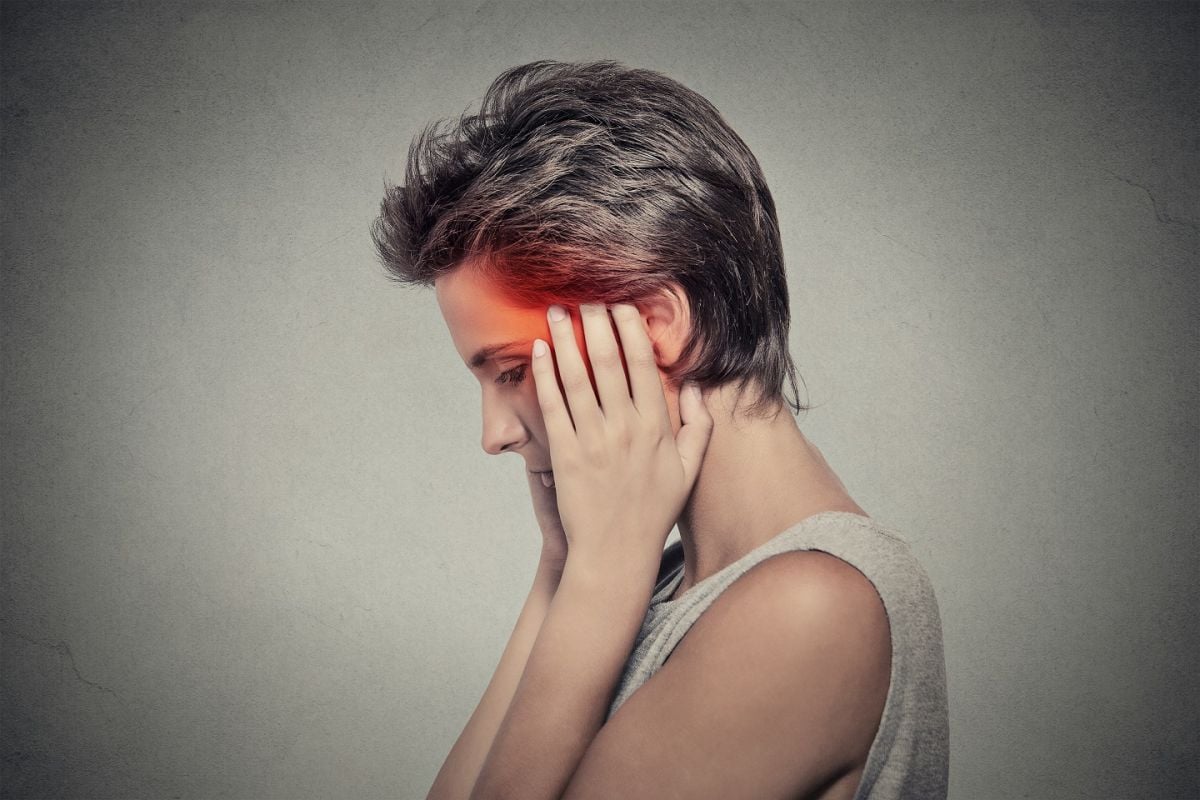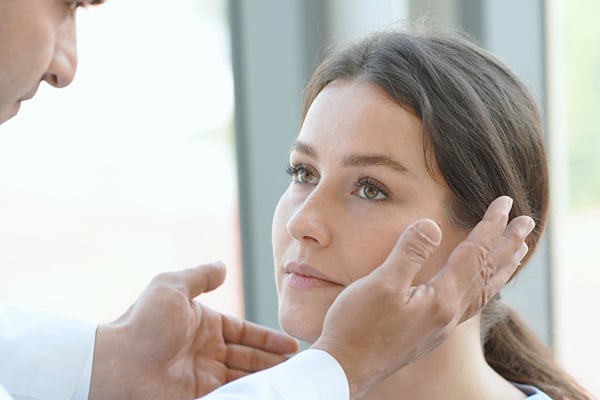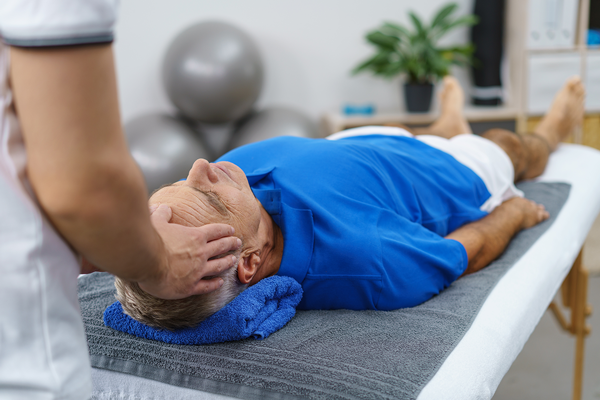
The Most Common Cause of Vertigo – BPPV
Have you ever gotten into or out of bed and suddenly experienced a brief spinning sensation? Do you get the same sensation with things like looking up, bending over or turning in bed?
If so, it is probable you have Benign Paroxysmal Positional Vertigo (BPPV), an inner ear condition that occurs "out of the blue" (or randomly) in more than half of cases, or can be brought on by aging, inner ear infections or head trauma.
BPPV and vertigo, the illusion of spinning

The inner ear, or vestibular labyrinth, contains the primary balance organ in the body. It is composed of 3 fluid-filled canals with small sensors inside. These canals sense our head movements and relay that information to the brain via the vestibular nerve.
Very close to these canals lie the otolith organs, which contain clumps of tiny calcium carbonate crystals. These organs detect gravity, tilt and linear acceleration or deceleration.
For individuals with BPPV, some of the calcium crystals have been dislodged from their normal chamber and move into one or more of the semi-circular canals. When you significantly change your head position, gravity causes the dislodged crystals to move, resulting in a mismatch of information between one ear and the other for the brain to try to decipher.
While the crystals are moving, one ear is telling the brain that the head is in motion and the other ear says it’s not, resulting in brief but sometimes quite intense vertigo. Luckily, Lifemark Vestibular Therapists have extensive training in how to assess and treat BPPV so you don't have to live with it. If the involved ear and canal(s) are correctly identified and the appropriate corrective maneuver is selected, the treatment is highly effective and usually resolves the condition within 1-3 treatments.
What to expect after successful treatment

Following the successful treatment of BPPV, some people may temporarily feel lightheaded, imbalanced or even woozy. For these patients, a therapist may recommend head and neck exercises that can be practiced at home to rehabilitate the balance system.
Though a simple, highly effective treatment for BPPV exists, the condition can reoccur over time. About 30% of patients experience BPPV again within one year while 50% of people will experience it again within five years.
Lastly, if your vertigo is accompanied by changes in hearing, severe headaches, numbness or tingling of the body, blurring or double vision, difficulty speaking and swallowing or loss of consciousness, you should definitely consult a healthcare professional as soon as possible.
Struggling with vertigo? We can help. Check out our Locations page to find a Lifemark clinic near you or book online to consult a vestibular therapist.



